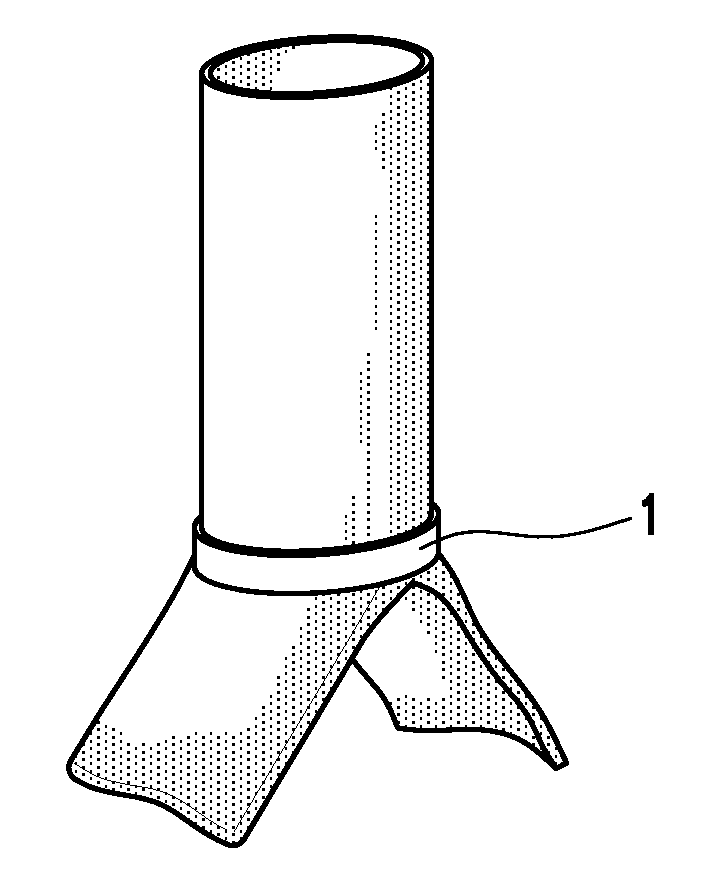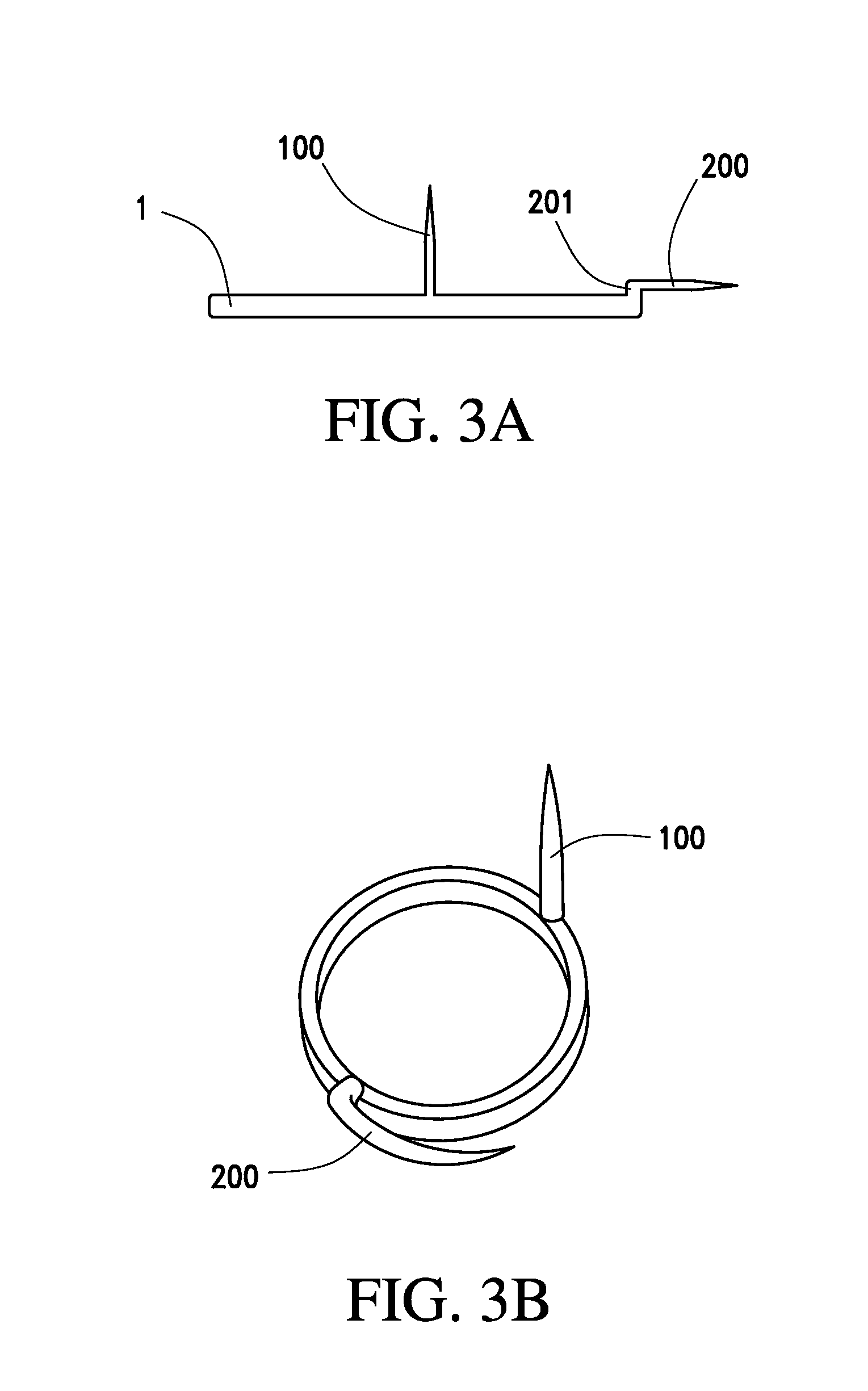Device and method for joining vessels in anastomosis
a technology of anastomosis and vessel, applied in the field of surgery, can solve the problems of inability to connect vessels, inconvenient operation, and inability to meet the needs of patients, and achieve the effect of improving the aid of anastomosis
- Summary
- Abstract
- Description
- Claims
- Application Information
AI Technical Summary
Benefits of technology
Problems solved by technology
Method used
Image
Examples
Embodiment Construction
[0040] Anastomosis generally refers to the process of connecting body vessels such as intracranial vessels or vessels in the gastrointestinal tract, bladder, urinary tract, and ovarian tract, as well as blood vessels such as arteries, and / or veins, shunts, or bypass grafts, whereby the grafts may be either autologous, donated, or artificially made.
[0041] Described herein are methods for attaching a donor vessel, which includes the body vessels described above, including rerouted body vessels such as rerouted arteries, but in particular grafts such as a bypass grafts, which may include, for example, autologous veins, artery transplants, or artificial vessel prostheses, onto the side of a recipient vessel, for example, the gastrointestinal tract of a patient or an artery, with the help of a rigid member, and optionally an adhesive, along with optionally other means for attachment, such as sutures or staples.
[0042] In certain embodiments, the rigid member forms a loop or ring, and ma...
PUM
| Property | Measurement | Unit |
|---|---|---|
| Fraction | aaaaa | aaaaa |
| Fraction | aaaaa | aaaaa |
| Angle | aaaaa | aaaaa |
Abstract
Description
Claims
Application Information
 Login to View More
Login to View More - R&D
- Intellectual Property
- Life Sciences
- Materials
- Tech Scout
- Unparalleled Data Quality
- Higher Quality Content
- 60% Fewer Hallucinations
Browse by: Latest US Patents, China's latest patents, Technical Efficacy Thesaurus, Application Domain, Technology Topic, Popular Technical Reports.
© 2025 PatSnap. All rights reserved.Legal|Privacy policy|Modern Slavery Act Transparency Statement|Sitemap|About US| Contact US: help@patsnap.com



